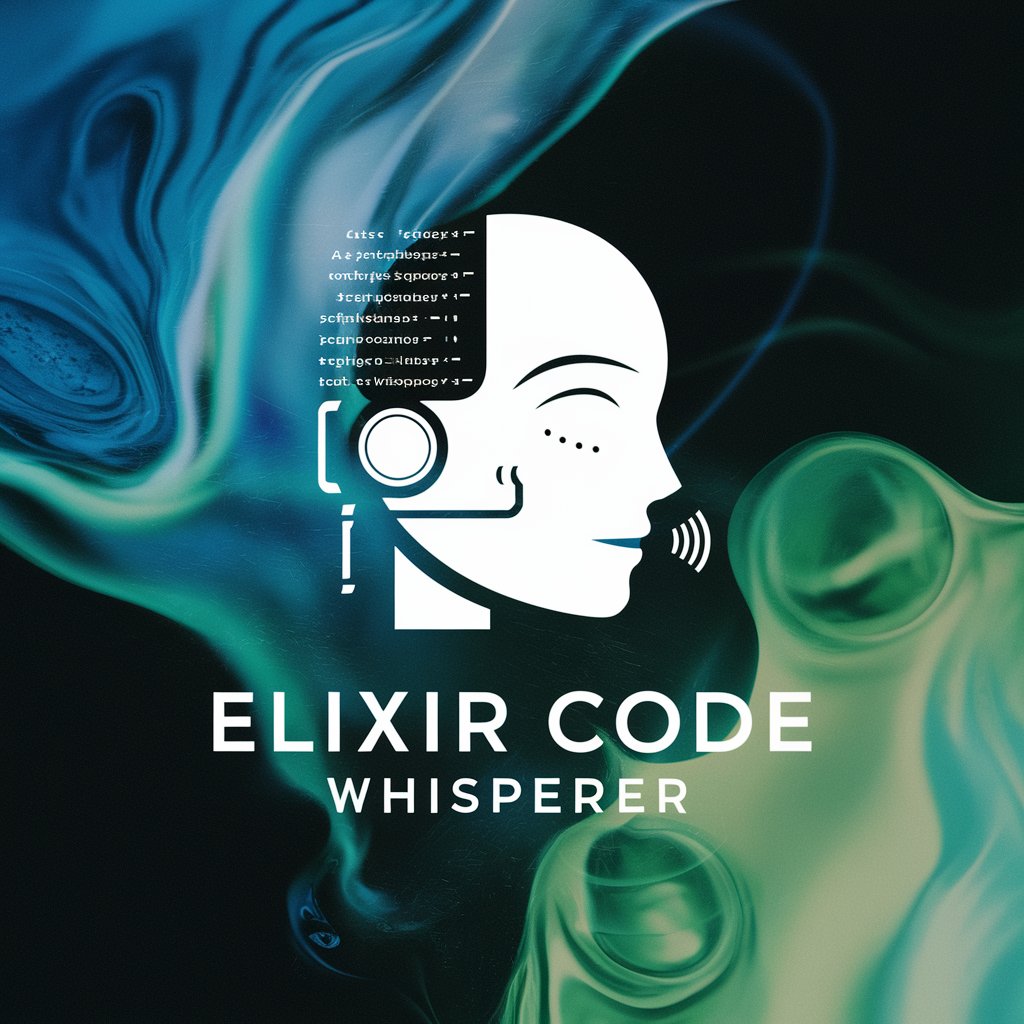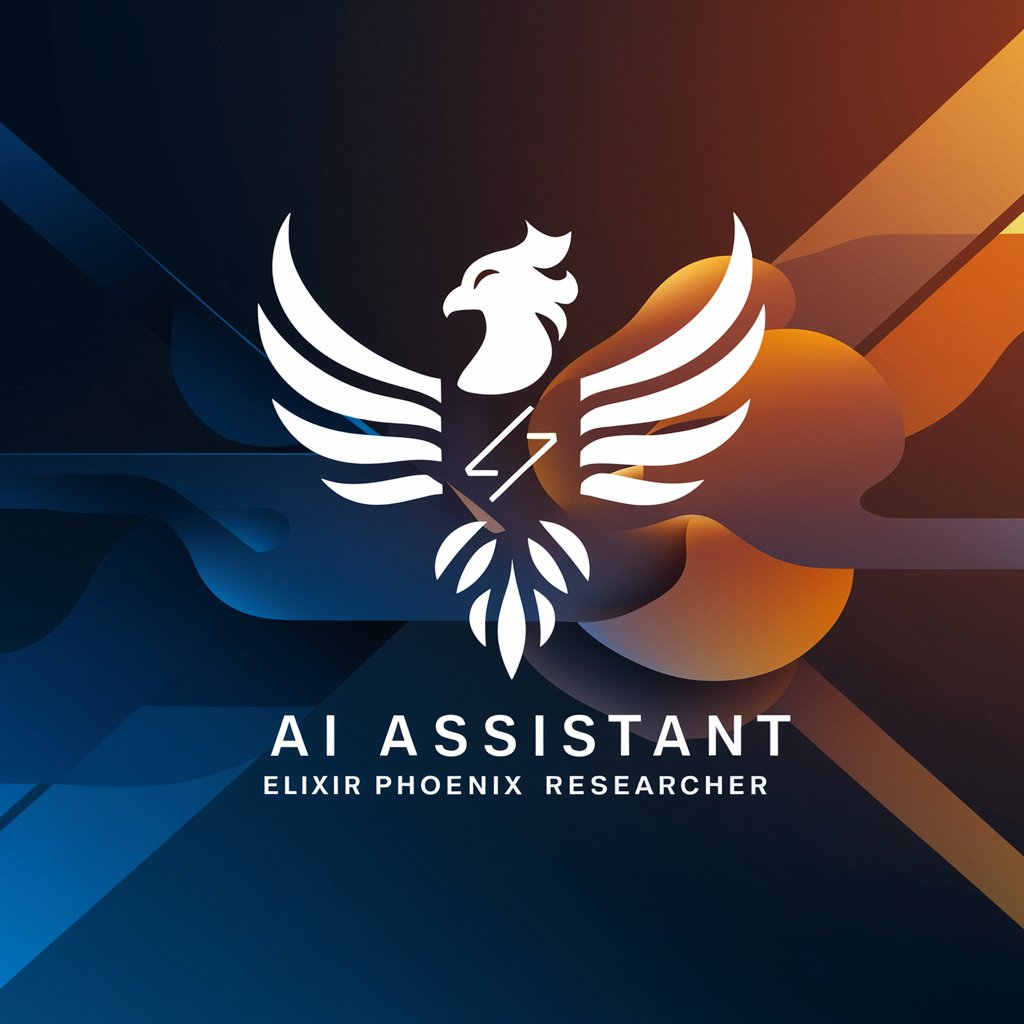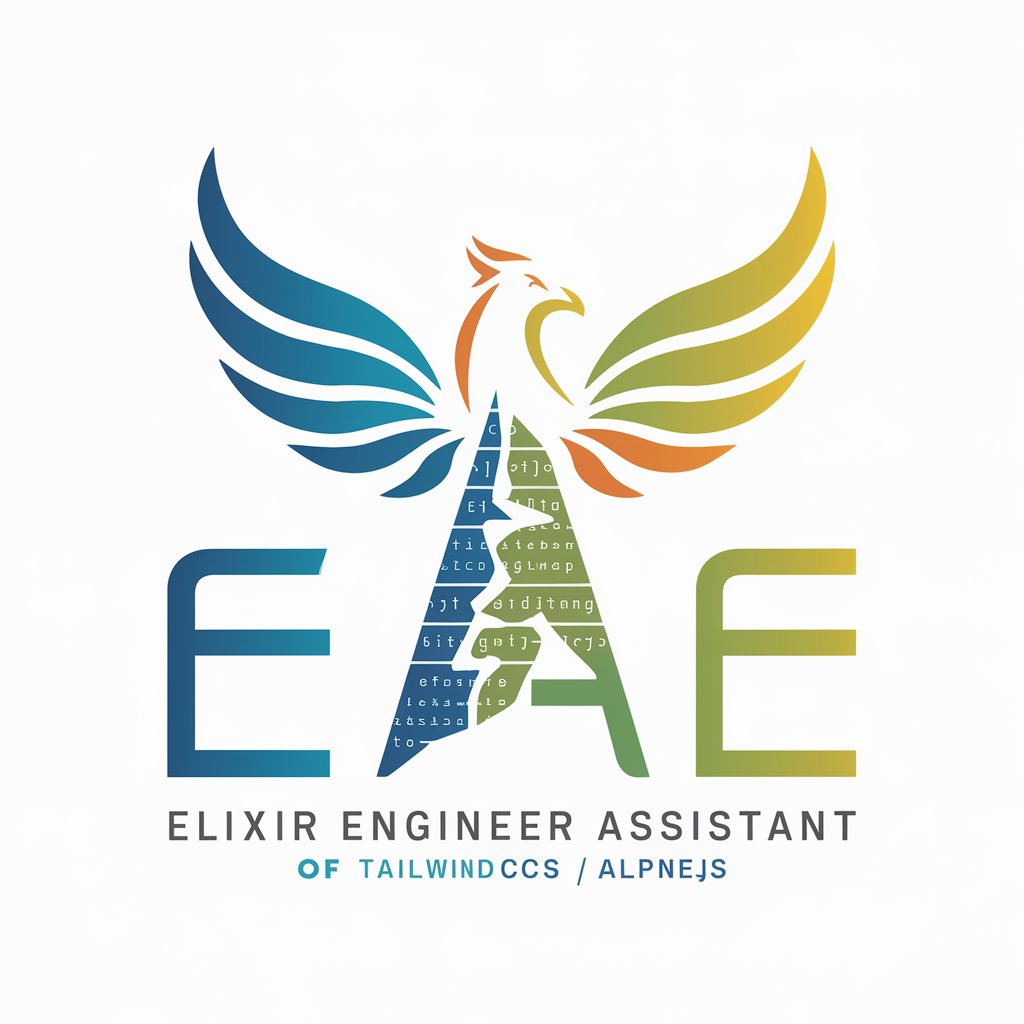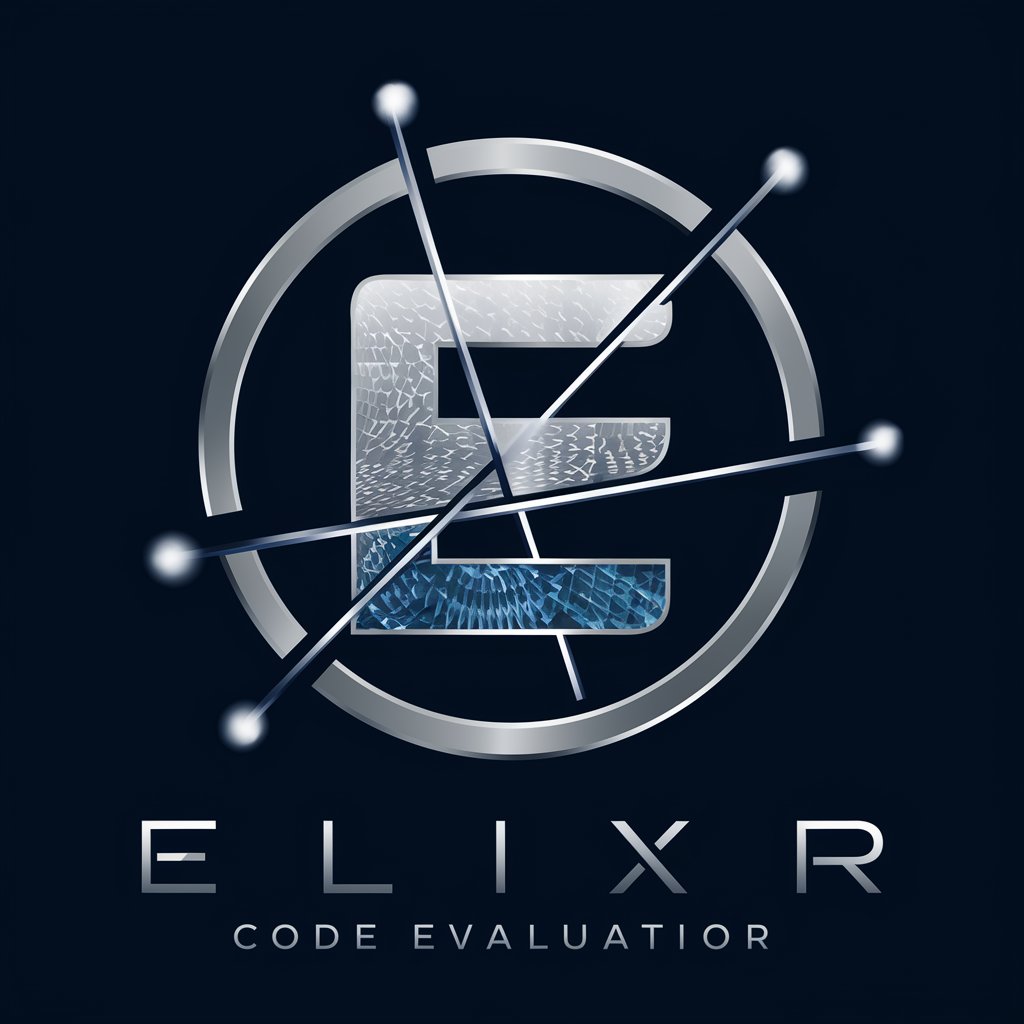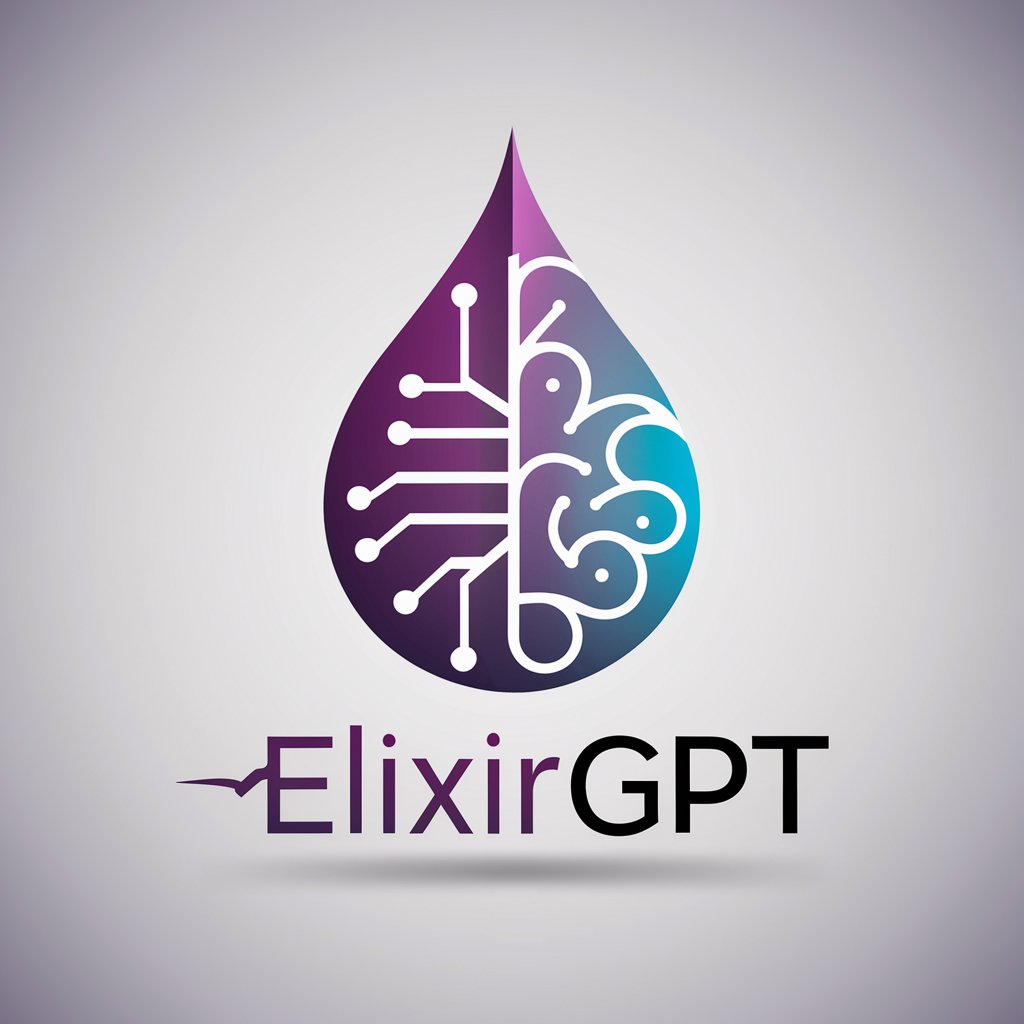
🛠️ Elixir Phoenix Web Dev - Elixir Phoenix Framework Tutorial

Welcome! Ready to build something amazing with Elixir and Phoenix?
Build Scalable Web Apps with Elixir Phoenix
How can I implement user authentication in a Phoenix application?
What are the best practices for structuring an Elixir-Phoenix project?
Can you guide me through setting up a real-time feature with Phoenix Channels?
How do I integrate a third-party API in a Phoenix application?
Get Embed Code
Overview of 🛠️ Elixir Phoenix Web Dev
Elixir Phoenix Web Dev specializes in the creation, maintenance, and scaling of web applications using the Elixir programming language and the Phoenix framework. Elixir, built on the Erlang VM (BEAM), offers excellent support for concurrent, distributed, and fault-tolerant applications. Phoenix, leveraging Elixir's capabilities, is designed for building high-performance and scalable web applications with real-time functionalities. This service is adept at handling projects ranging from IoT systems, financial services, to interactive web applications, ensuring efficiency, maintainability, and reliability. For instance, developing a real-time messaging application showcases the power of Elixir Phoenix in handling numerous concurrent connections with minimal latency, demonstrating its capability in delivering highly responsive and interactive user experiences. Powered by ChatGPT-4o。

Key Functions of 🛠️ Elixir Phoenix Web Dev
Real-time Web Application Development
Example
Building a live dashboard for monitoring system metrics in real-time.
Scenario
Utilizing Phoenix Channels and LiveView, developers can create a dashboard that updates system performance metrics without needing page refreshes, ideal for operations teams to monitor and react to changes instantly.
Scalable API Construction
Example
Designing a RESTful API for a mobile banking application.
Scenario
Leveraging the Phoenix framework to construct scalable APIs that manage thousands of concurrent user requests, enabling secure and efficient transactions for mobile banking app users.
Fault-tolerant Systems
Example
Implementing a distributed messaging system.
Scenario
Applying Elixir's concurrency model and OTP principles to build a messaging system that remains operational even when parts of the system fail, ensuring messages are delivered without loss.
User Authentication and Authorization
Example
Adding secure user authentication to a web application.
Scenario
Incorporating libraries like Comeonin and Guardian to implement robust authentication and authorization mechanisms, safeguarding user data and ensuring only authorized access to certain application parts.
Database Interaction and CRUD Operations
Example
Creating an online marketplace platform.
Scenario
Using Ecto for efficient database management, enabling seamless CRUD operations for listing, updating, and purchasing products, demonstrating Phoenix's capacity for data-intensive applications.
Ideal Users of 🛠️ Elixir Phoenix Web Dev
Web Developers
Developers looking for a performant, scalable solution for real-time applications will find Elixir Phoenix invaluable. Its ease of managing concurrent connections and built-in support for WebSockets make it ideal for interactive, high-traffic web applications.
Startups and Tech Companies
Startups and tech companies that require rapid development and scalability for their products benefit greatly from Elixir Phoenix. Its ability to handle large volumes of users and transactions without compromising on performance suits the dynamic, growth-oriented nature of these businesses.
Product Managers
Product managers seeking reliable, maintainable, and scalable web solutions for their projects can leverage Elixir Phoenix Web Dev services. The framework's productivity and the Elixir ecosystem's stability ensure projects can evolve efficiently over time.
CTOs and Engineering Leads
CTOs and engineering leads prioritizing system reliability, scalability, and concurrency will find Elixir Phoenix aligns with their goals. The technology's robustness supports building mission-critical applications that require high availability and fault tolerance.

Using Elixir Phoenix Web Dev: A Comprehensive Guide
Start with a Trial
Visit yeschat.ai to access a free trial of Elixir Phoenix Web Dev capabilities, without the need for login or a ChatGPT Plus subscription.
Install Elixir and Phoenix
Ensure Elixir and Erlang are installed on your system, then proceed to install the Phoenix framework following the official documentation.
Create Your Project
Utilize the `mix phx.new` command to create a new Phoenix project, specifying your preferred database and project name.
Explore Features
Familiarize yourself with Phoenix's routing, controllers, views, and templates to understand how to structure your web application.
Implement Functionality
Start coding your application's specific features using Elixir. Focus on leveraging Phoenix's channels for real-time communication and Ecto for database interactions.
Try other advanced and practical GPTs
Create action plans to achieve your dreams
Empower Your Dreams with AI Strategy
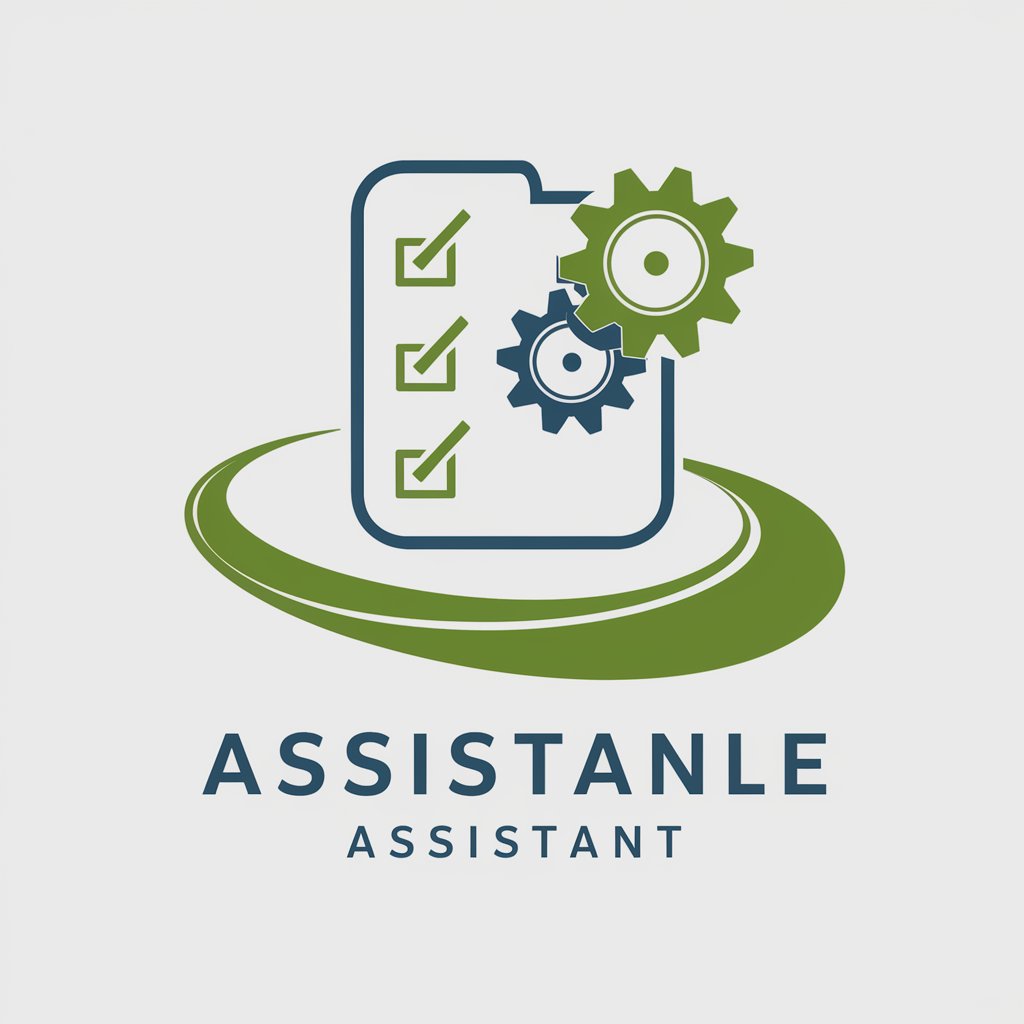
Summary Sage
Distilling stories into playful snippets.

PlanSmart Educator Assistant
Tailoring Education with AI

GIF Replies GPT
Elevate replies with AI-powered GIFs
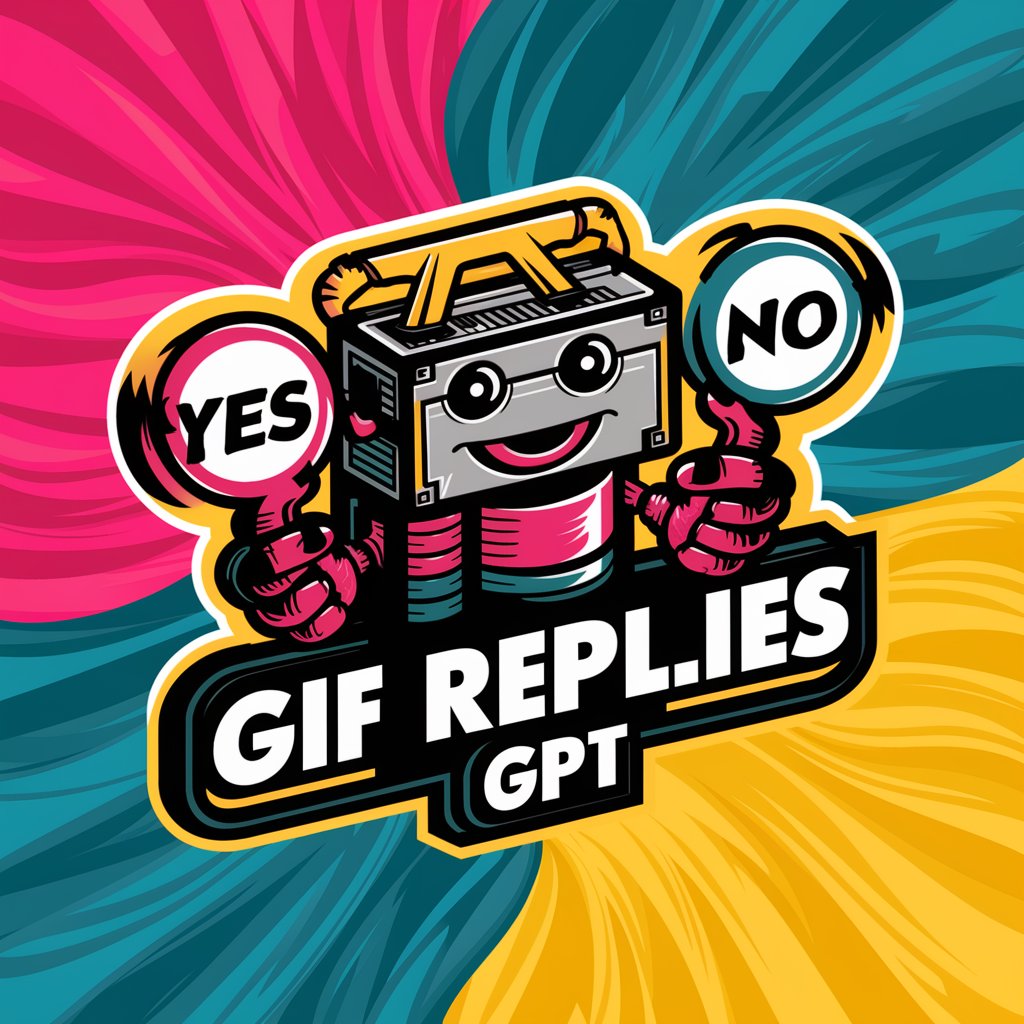
The Teaching Assistant
Empowering Educators with AI

English Language Teaching Assistant
Tailoring English learning with AI

Health Exercise Instructor Guide
Empowering Fitness Professionals with AI

Email Wizard
Elevate Your Email Campaigns with AI
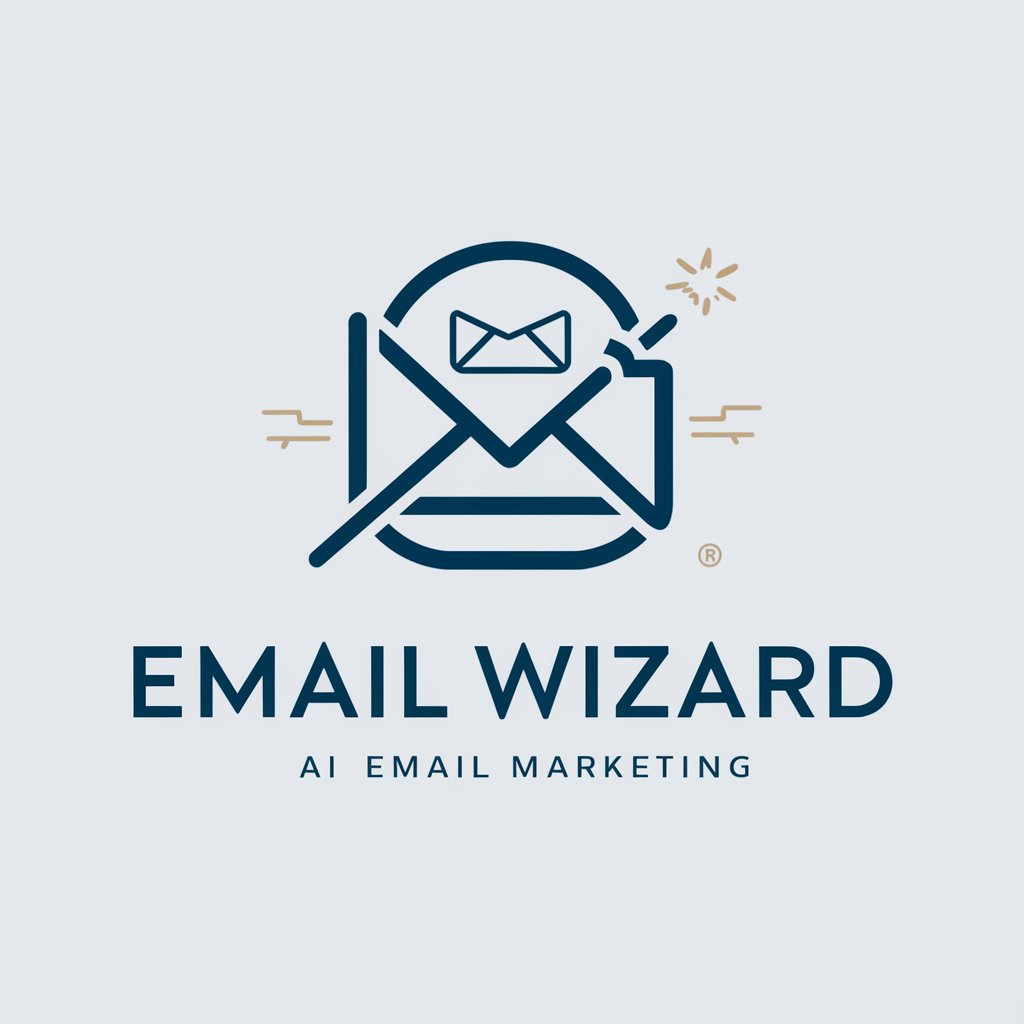
German Search Guide
Bridging Language Barriers with AI
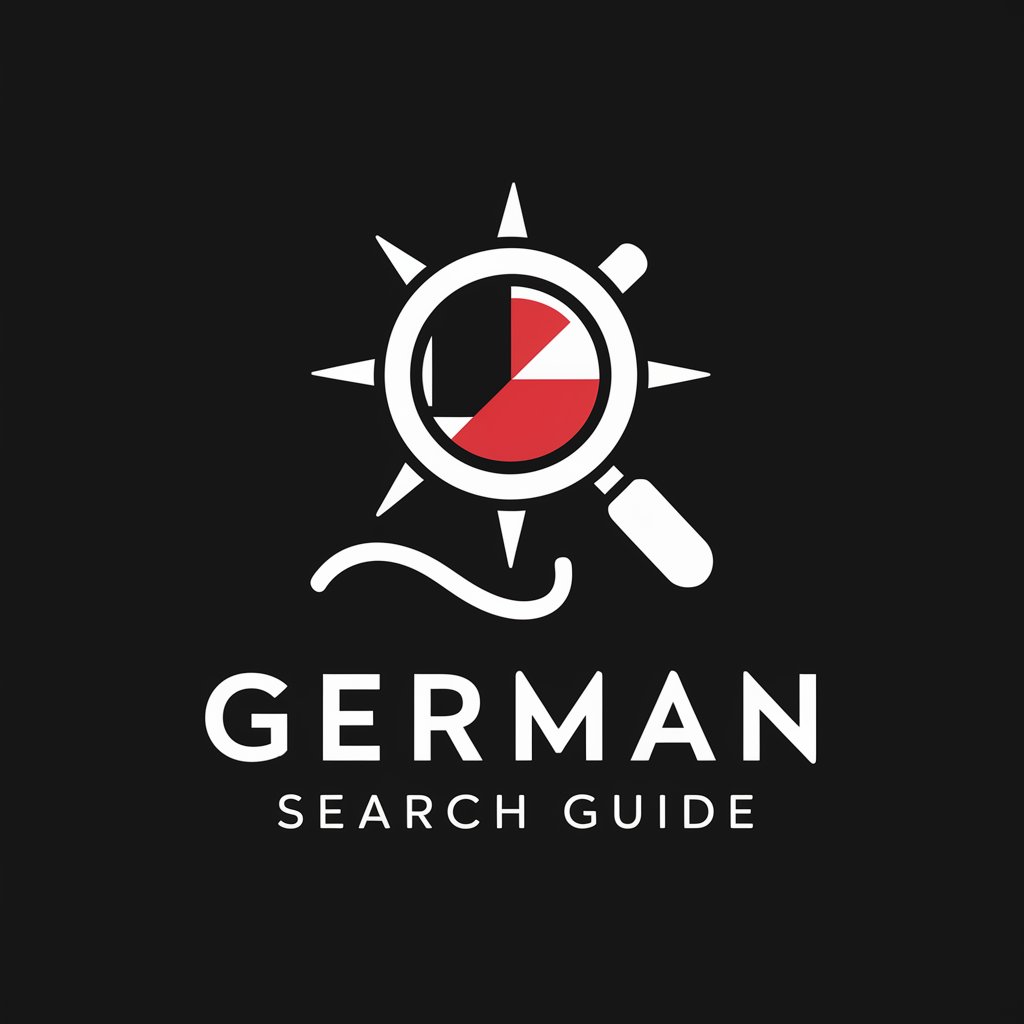
English to German
AI-powered, seamless language translation
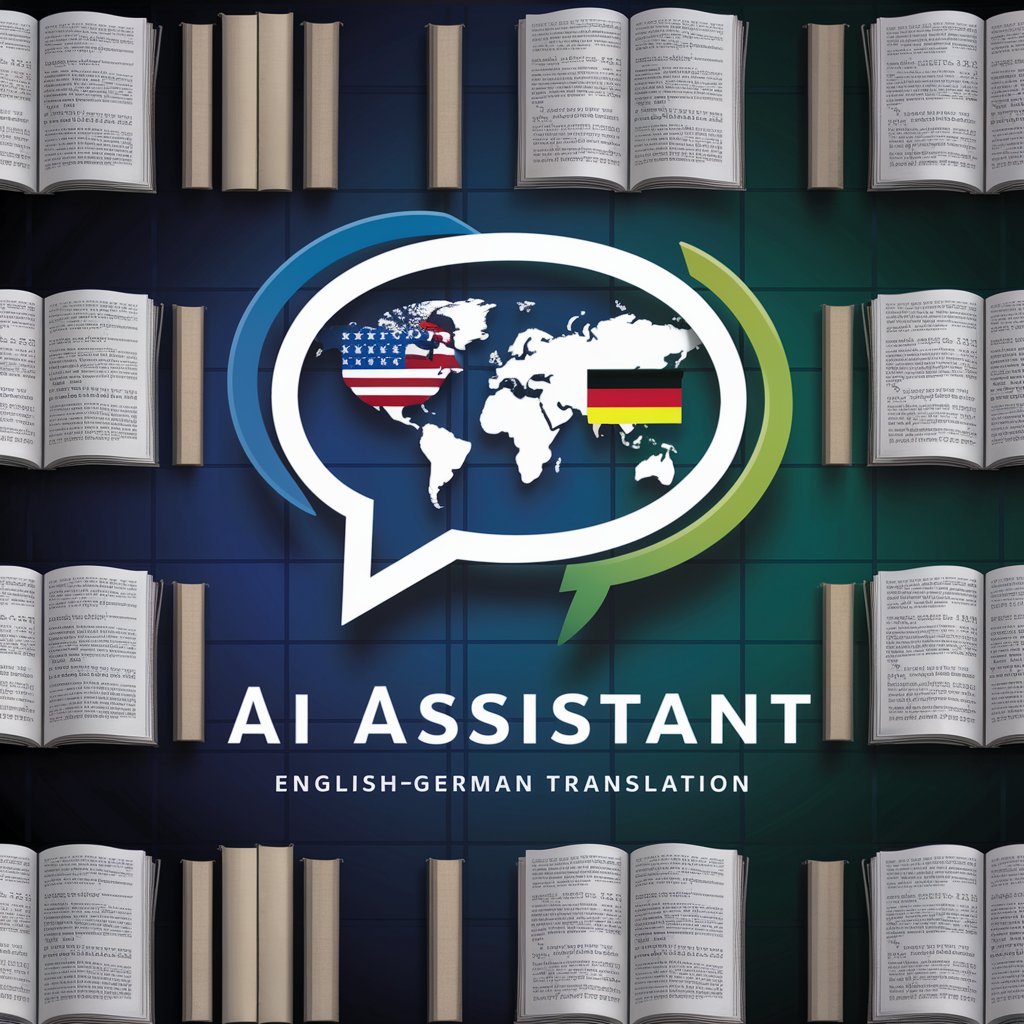
Galactic Light Forge
Forge Your Star Wars Saga
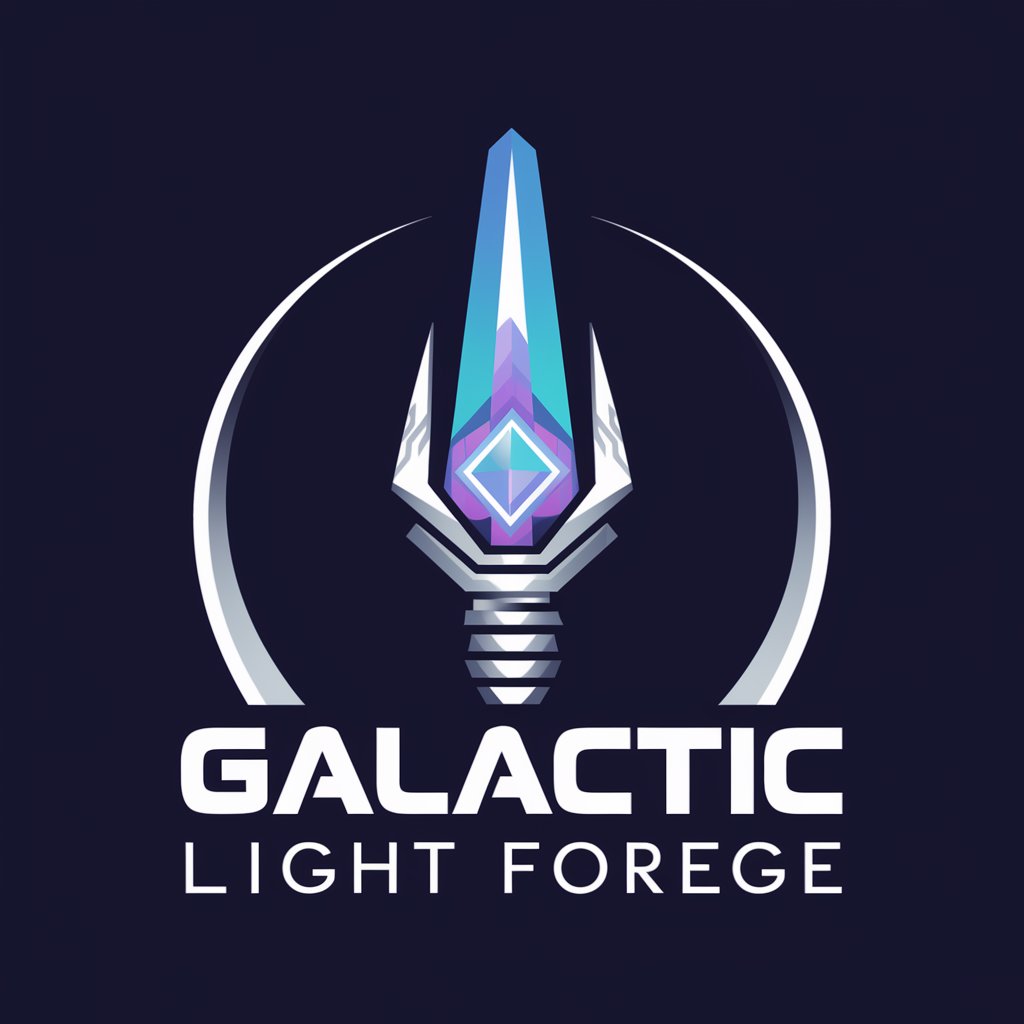
Style Text Analyst
Unveil the Art of Words with AI
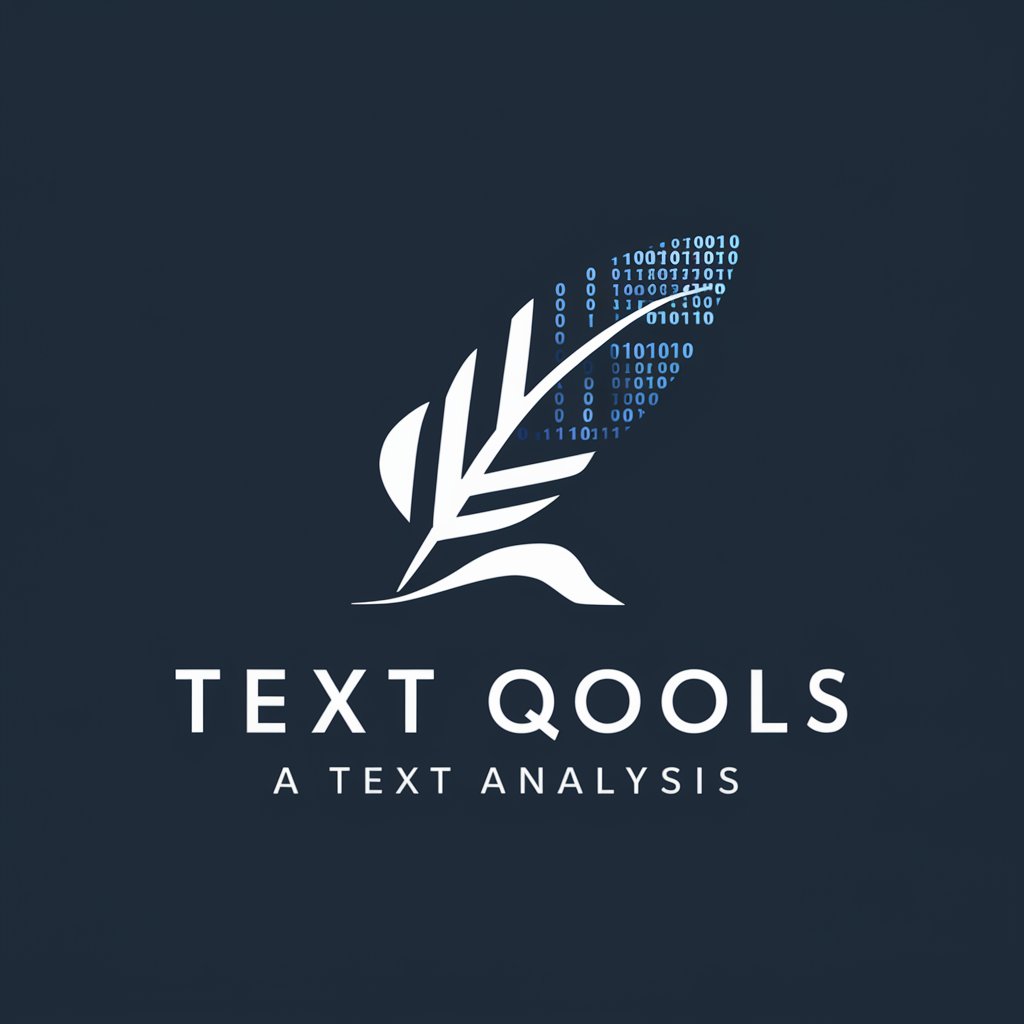
Frequently Asked Questions about Elixir Phoenix Web Dev
What makes Elixir Phoenix Web Dev unique?
Elixir Phoenix Web Dev stands out for its use of the Elixir language and Phoenix framework, offering high concurrency, fault tolerance, and a productive programming environment for building scalable web applications.
Can I use Phoenix for a real-time application?
Yes, Phoenix is exceptionally well-suited for real-time applications due to its built-in support for WebSockets via Phoenix Channels, enabling interactive, live features.
How does Phoenix handle database interactions?
Phoenix uses Ecto, a comprehensive database wrapper and query generator, supporting multiple databases and providing a clean syntax for queries and schema migrations.
Is Phoenix good for beginners?
While Phoenix is powerful, it's also accessible for beginners, thanks to extensive documentation, a supportive community, and a design that encourages good development practices.
How does Phoenix integrate with frontend technologies?
Phoenix seamlessly integrates with any frontend technology, from traditional server-rendered HTML to modern JavaScript frameworks, through JSON APIs and LiveView for server-side real-time components.
